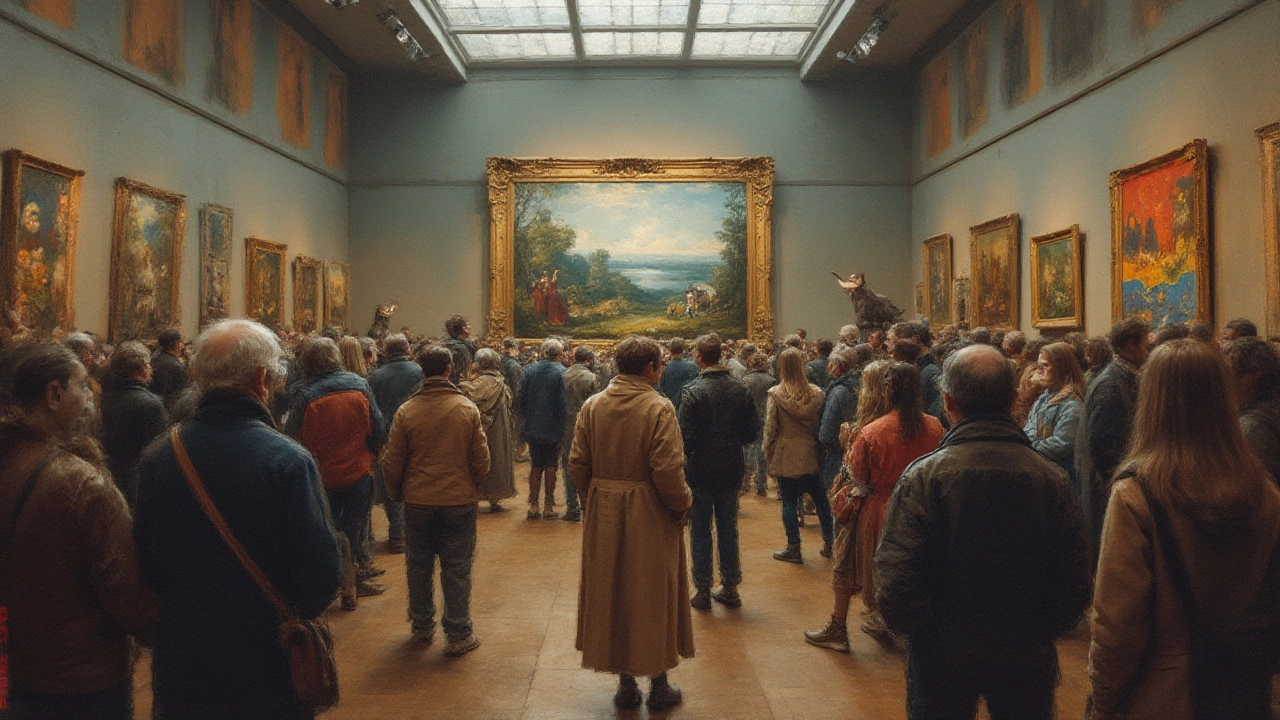Art Criticism: Simple Ways to Analyze and Talk About Art
Ever looked at a painting and felt a reaction but didn’t know how to name it? That’s what art criticism helps with – turning a gut feeling into clear words. It’s not about being pretentious; it’s about understanding what you see and sharing that insight with others.
Why Art Criticism Matters
First off, criticism makes art more accessible. When you break down color choices, composition, or the story behind a piece, you give viewers a roadmap. That roadmap can turn a confusing abstract work into something that feels personal. It also supports artists. Constructive feedback lets them see how their work lands in the real world and can spark new ideas.
In the marketplace, good criticism can guide buyers. Knowing why a sculpture’s texture works or why a portrait’s eyes seem alive helps collectors make smarter choices. And for anyone who wants to write about art – blog posts, museum labels, or social media captions – a solid critique framework is a lifesaver.
How to Start Critiquing Art
1. Observe without judgment. Spend a minute just looking. Notice the first thing that catches your eye – a splash of red, a strange shape, a repeated pattern. Jot down what you see: “bright orange, heavy brushstrokes, fragmented figures.”
2. Describe the basics. Answer the who, what, where, and how: the artist’s name (if you know it), the medium (oil, digital, mixed media), the size, and where you’re seeing it. This anchors your later thoughts.
3. Identify the elements. Talk about color, line, form, texture, and space. Ask yourself: Does the color palette create mood? Do lines guide your eye? Is the texture tactile or visual?
4. Interpret the meaning. What story might the artist be telling? Look for symbols, recurring motifs, or historical references. If you’re unsure, say so – “I’m not sure what the broken glass represents, but it feels chaotic.”
5. Evaluate the impact. Does the work succeed in its goals? Does it make you feel something strong, provoke questions, or just look pretty? Give reasons for your judgment.
6. Wrap up with a takeaway. Summarize your thoughts in a sentence or two. Something like, “The painting’s muted tones and loose brushwork create a calm that fits its sunrise theme perfectly.”
Practice these steps with any piece – from a classic portrait to a modern AI-generated image. Over time, the process becomes second nature, and you’ll find your own voice as a critic.
Want to see these ideas in action? Check out our post “What Does Abstract Art Really Mean?” – it walks through color, emotion, and how to talk about non‑representational work without over‑thinking. Or read “Eyes in Portraits: Why Artist Focus Matters for Emotional Impact” to see how a single detail can shape an entire critique.
Remember, good art criticism is a conversation, not a lecture. Keep it clear, stay curious, and let your personal reaction guide you. With these basic tools, you’ll be able to write reviews that inform, inspire, and maybe even help the next artist you love grow.
